The Australian road system has its own unique road signs (at least unique to someone from Europe). Amongst our favourites so far are:
Over the past few days we have passed through a number of towns which represent failed dreams dating from the late 19th and early 20th centuries.
On the way from Undara to Normanton, we went through the very pretty town of Croydon whose population has fallen from 33,000 to under 300 over the past 100 years. Croydon discovered gold in the mid 1800s and hence its population soared. Normanton (about 150 kms north) was the nearest port and so it was decided to divert the planned railway from Normanton to the mining area of Cloncurry (some considerable distance south) to go towards the gold fields at Croydon. However by the time it was built and operational, the gold had run out and the miners had moved on. Croydon then started its slow decline into what one sees today. Its heritage however is a number of lovely old buildings, some restored as museums and a few still in use.
This is the only one of the original 33 hotels still remaining in the town.
The Court House with the accused in the dock
The Town Hall
Normanton, the port just up the road (some 150 kms) also shows its failed history. The original Department Store for the whole area still stands (with an internal floor space of about 1 acre)
The town streets are some of the widest we have ever seen and
there are a number of grand buildings (below are the Council Offices)
plus the infamous Purple Pub and a typical outback hotel
and a life sized replica of the largest crocodile ever shot in the county near
to the town in 1957 – a mere 8.63m long (28.4 ft).
The area we are now in is called “The Gulf of Carpentaria” - it has a population of 2500 spread over and area of 65,000 square miles - in comparative terms it means all of the people living in St Michaels Mead (Bishops Stortford) spread over an area about the size of the bottom half of England. The main attraction for tourists is fishing for Barramundi (a large fish known for its dislike of being caught on a line), Near to Normanton is
Karumba where we went to try the food and also to see the beach – the sandstone which makes up much of the beach is littered with fossil shells within the sandstone. The sea looked very attractive on such a hot day (32C in the shade) but crocodiles have been known to swim along the beach so paddling to keep cool was not a good idea.
One of the characteristics of such an isolated area is that shops can suddenly be out of things – including diesel at the local garages. Although we have managed to fill up, the dirt road across the top of the area is said to be in a worse condition than normal because of the very heavy wet season they have had here and one of the fuel stops has closed (gas stations are about 200 miles apart on this route) so we have decided to change our route slightly and go south to Cloncurry and Mount Isa and then head west again to the Red Centre and up north to Kakadu (a minor diversion of 300 miles).
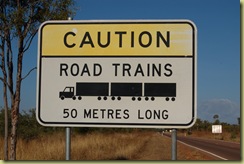
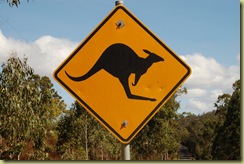

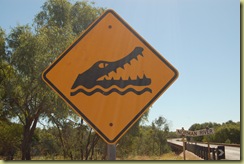
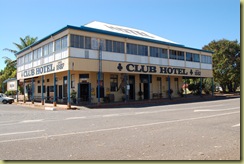
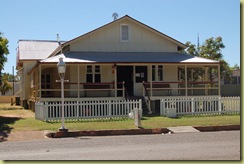
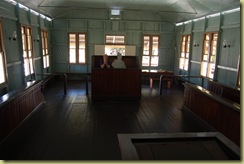

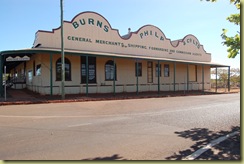

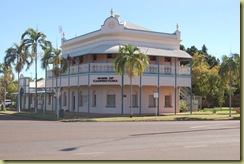
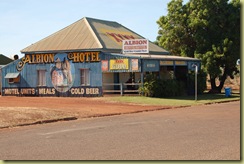
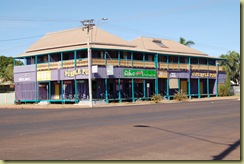
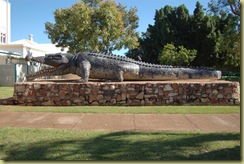



No comments:
Post a Comment